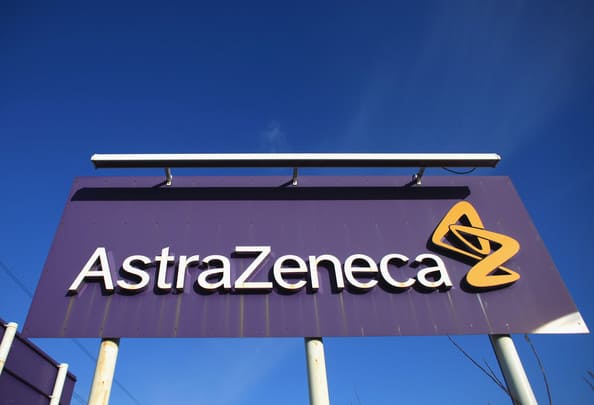
AstraZeneca begins olaparib programme
pharmafile | September 4, 2013 | News story | Sales and Marketing | AstraZeneca, olaparib, ovarian cancer
AstraZeneca has begun recruitment in its Phase III programme for olaparib, a potential first-in-class oral poly ADP ribose polymerase (PARP) inhibitor for patients with BRCA mutated ovarian cancer.
The SOLO programme will look at progression-free survival (PFS) in patients taking olaparib as a maintenance monotherapy when they are in complete or partial response, following platinum-based chemotherapy in the first line (SOLO 1) and relapsed (SOLO 2) settings.
A subgroup analysis by BRCA mutation status of the Phase II maintenance study in relapsed ovarian cancer “demonstrated olaparib’s potential as a maintenance treatment for platinum-sensitive relapsed patients with BRCA mutated ovarian cancer”, the company says.
The data, presented at the American Society of Clinical Oncology 2013 Congress, found the drug improved median PFS to 11.2 months for those taking the drug, versus 4.3 months for those on placebo.
Pushing olaparib into Phase III reverses a decision not to do so, which was taken in 2011 and cost the company $285 million – money which will be returned to AstraZeneca’s coffers in the third quarter of this year.
Antoine Yver, head of oncology in AstraZeneca’s global medicines development unit, said: “We feel olaparib has real potential to significantly improve treatment decisions for this group of patients who currently have limited options, and to become the next important product in our growing oncology portfolio.”
SOLO 1 is being carried out with the Gynecologic Oncology Group and SOLO 2 with the European Network of Gynaecological Oncological Trial Groups: the randomised, double-blind, placebo-controlled studies will use olaparib 300mg tablets twice daily.
Pre-clinical models suggest olaparib can use deficiencies in DNA repair pathways to destroy cancer cells – which means it may be effective in breast cancer tumour types as well.
There is certainly a need for new therapies: ovarian cancer has a particularly poor detection rate, with just 15% of them found before the cancer has spread outside the ovary, after which the five-year survival rate is lower than half.
This is one reason why the manufacturer has high hopes for the drug, announcing in July that it would team up with various research bodies in Cambridge, UK, to test its potential effectiveness in high-risk prostate cancer patients.
Oncology is one of three core therapy areas – the other two are respiratory, inflammation & autoimmunity and cardiovascular & metabolic disease – into which AstraZeneca is going to put its effort and most of its money following the restructure of its global R&D operations.
The company’s new purpose-built global HQ in Cambridge will become AstraZeneca’s largest centre for oncology research worldwide.
AstraZeneca’s MEK inhibitor selumetinib, aimed at non-small cell lung cancer patients with KRAS mutations, is at a similar stage of development to olaparib and is also involved in the ‘Silicon Fen’ work.
Adam Hill
Related Content

AstraZeneca’s Tagrisso approved in Japan for lung cancer treatment
AstraZeneca has announced that Tagrisso (osimertinib) in combination with pemetrexed and platinum-based chemotherapy has been …

AstraZeneca’s Imfinzi approved in US for endometrial cancer treatment
AstraZeneca has announced that the US Food and Drug Administration (FDA) has approved Imfinzi (durvalumab) …

AstraZeneca shares results from phase 3 TROPION-Lung01 trial
AstraZeneca has announced results from the phase 3 TROPION-Lung01 trial of AstraZeneca and Daiichi Sankyo’s …








